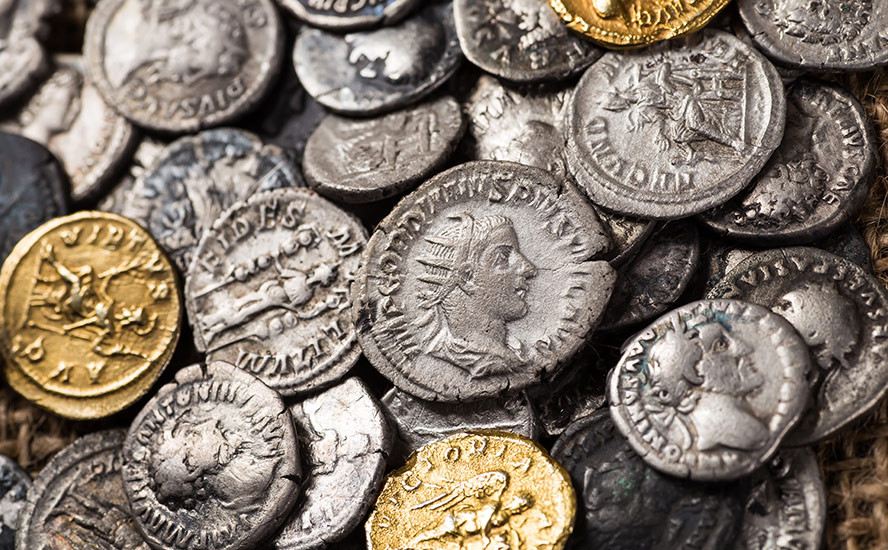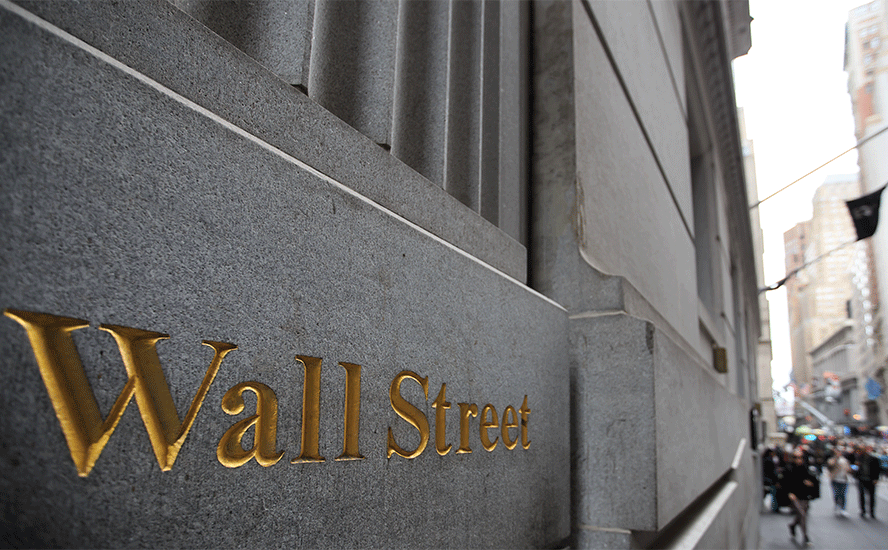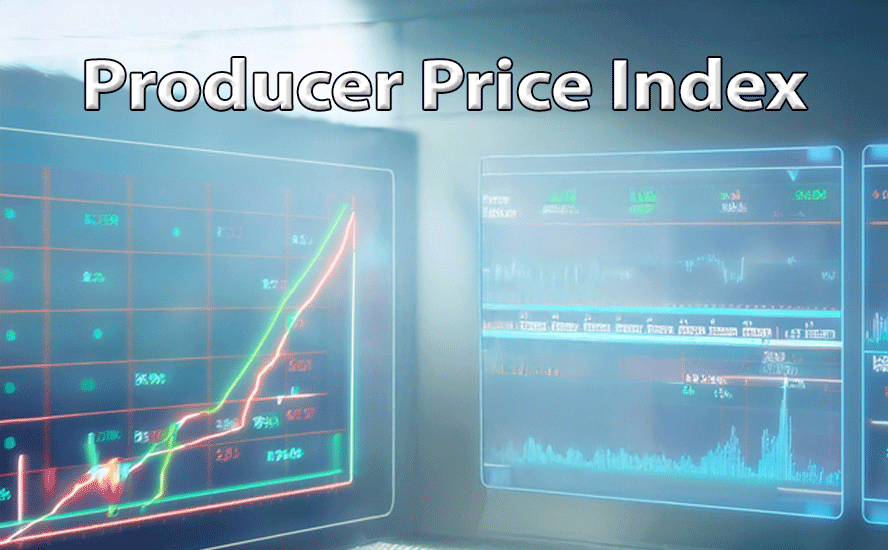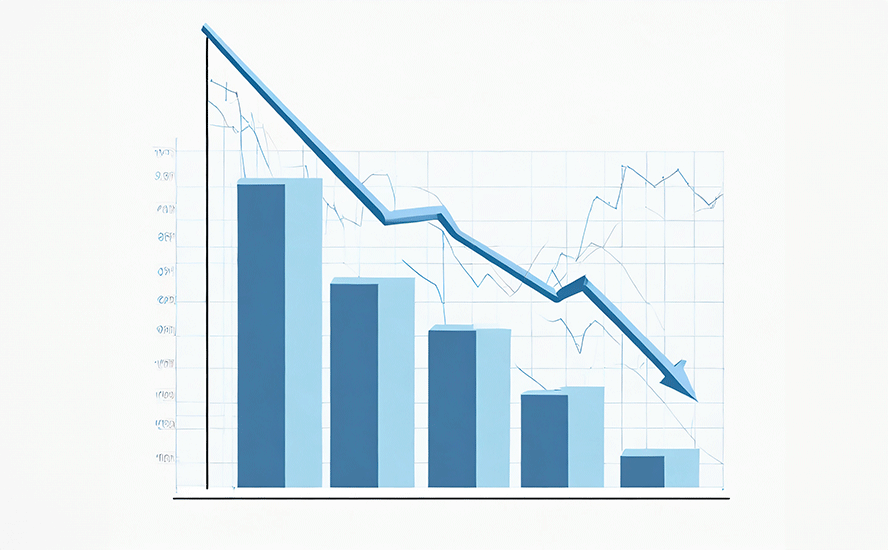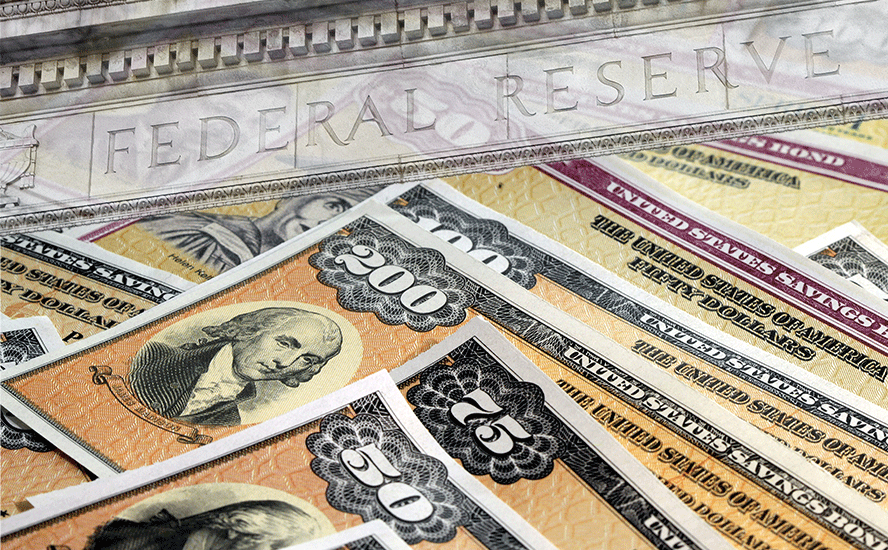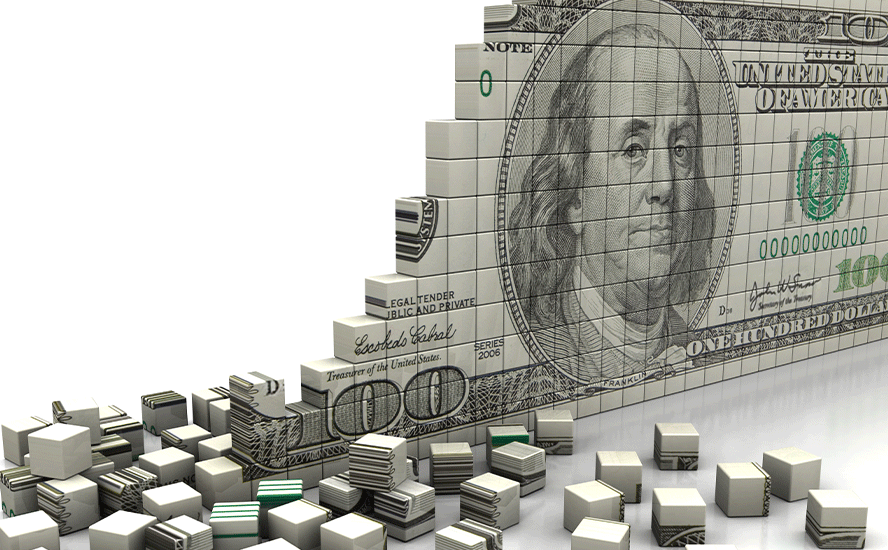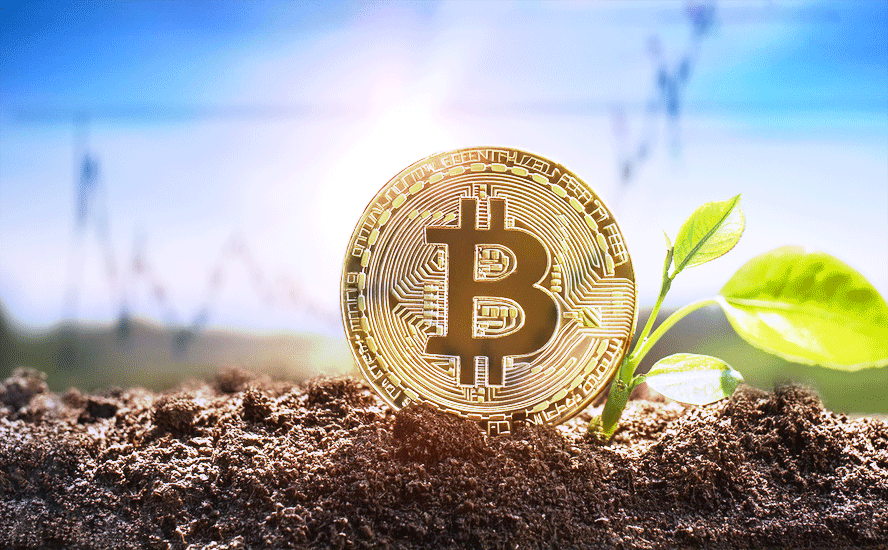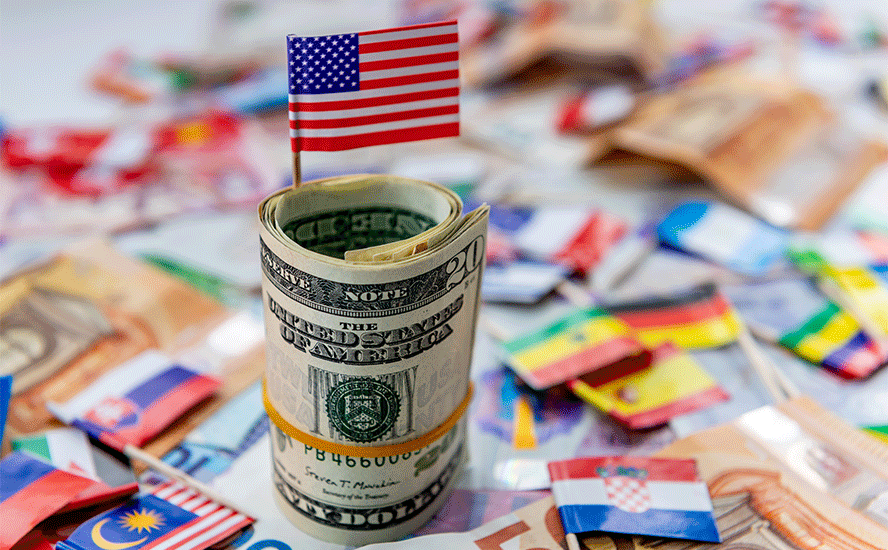MMT is a spectacularly Dem idea

2019.04.10
Economists are good for one thing, and that is creating theories. The trouble is, those theories are often wrong. This is why economics is often called “the dismal science”. Such is the case with the latest economic soup-de-jour, Modern Monetary Theory, or MMT for short.
In this article we take a deep dive into MMT: What is it? Who’s behind it or against it, whether it could work, and what it would mean for gold.
What is MMT?
Modern Monetary Theory is a new way of approaching the US federal budget that is both unconventional and absurd. It posits that rather than obsessing about how large the debt has grown (over $2 trillion) and the ongoing annual deficits that fuel debt, we should focus on spending, specifically, how the government can target certain spending programs that will cause minimal inflation. Fiscal policy on steroids is, according to its proponents, to be the new engine of US growth and prosperity.
Government is therefore given a free pass on spending, because the only thing that we have to worry about with the national debt is inflation. Curb inflation and the debt can keep growing, with no consequences. This is because the US government can never run out of money. It just keeps printing money, because dollars are always in demand (with the dollar being the reserve currency, and commodities are traded in dollars).
One of MMT’s main proponents is Stephanie Kelton, an economics professor who advised Bernie Sanders’ 2016 presidential campaign. Among the statements she makes in a video explaining MMT, Kelton says “The US dollar is a simple public monopoly. In other words, the United States currency comes from the United States government.” That means the federal government doesn’t need to “come up with the money” in order to be able to spend. It just prints money and spends it.
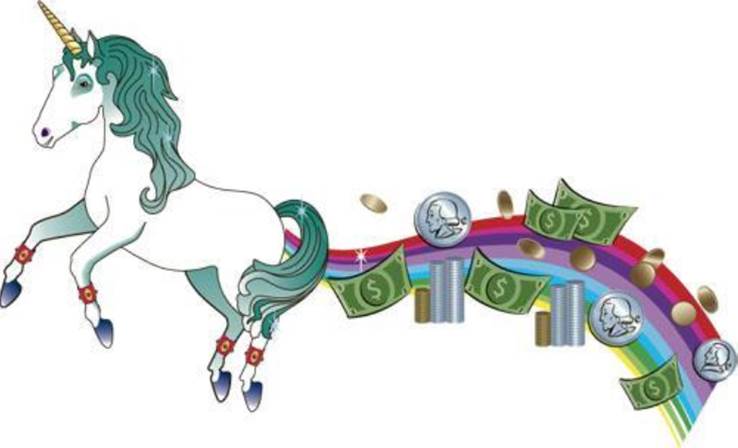
From this follows the logical conclusion that deficits don’t really matter; the only thing that matters is inflation. According to Kelton, “The only potential risk with the national debt increasing over time is inflation. To the extent that you don’t believe the US has a long-term inflation problem, then you shouldn’t believe the US has a long-term national debt problem.”
It is no surprise that this economic theory is gaining traction now, given that the Trump Administration has been hacking away at social programs, while heaping on national debt even more than Trump’s predecessor, President Obama. At the same time, many Americans are feeling left behind in an economy that has done quite well. While Trump promised better times for the average citizen through his campaign, and the $1.5 trillion tax cut at the end of 2017, in fact only the richest Americans have seen the benefits through the stock market rally that lasted three-quarters of 2018, and massive share buybacks. In September 2018 another $3.8 trillion in cuts was passed. The top 20% of earners got 40% of the Tax Cuts and Jobs Act and the top 1% received 34%; the banks made record profits of $28.8 billion in 2018.
The financial pages and websites are predicting a recession within the next year to two years. If a recession occurs and Trump is dumped from office, many will blame his demise on making inequality in America worse. Modern Monetary Theory is seen as a way of redressing such vast disparities between wealth and poverty, writes Brian Maher, the managing editor of The Daily Reckoning:
[The existing system] has enriched the 1% for these many years, while every man Jack has scratched by on the leavings.
We will be instructed in the need for an economic system that meets the needs of real Americans…
An economy of the people, by the people…and for the people.
There is certainly a touch of justice in this view. The existing arrangement leans heavily toward Wall Street…and “the rich”.
Meantime, real wages for most Americans have scarcely improved for decades – if not actually fallen.
Is it coincidence that Modern Monetary Theory (MMT) is receiving a hearing these days in Democratic circles?
It pledges to fund Medicare for all, free college tuition, guaranteed employment – at a $15-per-hour minimum, no less – and a Green New Deal to rescue Earth from man.
Something for everyone. Or rather everything for everyone.
And do not worry about paying for it.
Others say MMT is the left’s answer to supply-side economics, a theory picked up by American conservatives, most recently Trump. Supply-side theory says that tax cuts will invigorate the economy by “trickling down” to the masses, encouraging them to spend, thereby reducing or eliminating deficits, even if spending went up. We can see that hasn’t gone so well for Trump. The 45th president’s budget deficits as a percentage of GDP are likely to exceed any other president’s during an economic expansion, Forbes reported last year.
MMT believers think that taxes aren’t even needed to fund the government; all the Treasury Department needs to do is print more money.
AOC-inspired
Modern Monetary Theory and the ideas of the Democratic Party’s far left fit like hand and glove. Pleas for universal medical coverage, free college tuition and a minimum $15 per hour wage can all be paid for by setting the money presses free.
The theory has become a vehicle for far-left spokesperson Alexandria Ocasio-Cortez (AOC) to pay for her “New Green Deal” – a 14-page manifesto of climate change-related spending costed at up to $1 trillion.
MMT is clearly a Democratic-driven initiative with apparently few, if any, adherents on the Republican side. In contrast, the GOP is favoring a return to the gold standard.
Since President Nixon removed the link between the US dollar and gold in 1971, the idea of reviving the gold standard has been kicked around in response to the humungous pile of debt the US has accumulated, particularly after quantitative easing (QE) shifted hundreds of billions worth of US treasury bills and mortgage-backed securities, onto the Federal Reserve’s books.
President Ronald Reagan established a gold commission in 1981 with the aim of studying a return to a dollar backed by gold.
In 2012 the Republican Party mused about setting up a commission to re-establish the link between the greenback and bullion, before its party convention in Tampa Bay, Florida.
And Trump is quietly a big supporter of gold, reportedly saying during the 2016 presidential campaign, “Bringing back the gold standard would be very hard to do, but boy, would it be wonderful. We’d have a standard on which to base our money.”
Some of Trump’s rivals on the Republican ticket in 2016 were also bullion bulls. Ted Cruz, Mike Huckabee and Ben Carson, “have all implied some degree of support for the gold standard,” states a Motley Fool article.
The idea was even given a thumbs up in a 2015 Gallup poll, says Fool contributor Sean Williams. Thirty-nine percent of respondents said they approved of the gold standard versus 15% who disapproved, although that leaves 46% undecided – people who probably were either born after 1971 or have little to no knowledge of it.
I just mention that because it’s interesting to see such a stark division of views lining up between Democrats and Republicans over economics. Trump recently said he wants to fill two open seats on the Federal Reserve Board of Governors with two gold bugs.
Stephen Moore and Hermain Cain have both said they support a return to a US dollar backed by gold.
On the other side of the political spectrum though, it appears that MMT is gaining credibility. Trump lately has been pressuring the Fed to do an interest rate cut, maybe another round of quantitative easing (Q4), despite the lack of urgency, the financial crisis, that precipitated the first QE.
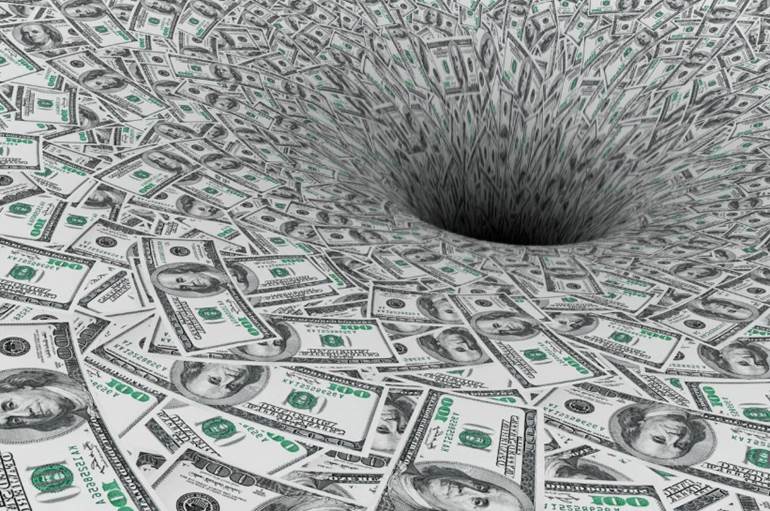
Zero Hedge reports that Trump’s “exhortation that the Federal Reserve usher in QE4 by cutting interest rates stoked a frenzy of speculation that the world’s most powerful central bank might be closer to outright debt monetization – aka ‘helicopter money’ – than mainstream economists had realized. Of course, debt monetization is a central plank of the MMT program.” The term helicopter money was popularized by former Fed chairman Ben Bernanke. It refers to the government supplying large amounts of money directly to the public, as though scattered from a helicopter, versus quantitative easing, whereby the central bank prints money and then purchases assets (bonds or securities) with that money.
One more point here.
While Republicans favor fiscal austerity – something that would be demanded of the Treasury under a gold standard – and the Democrats, at least the most left-leaning, want the opposite, complete freedom to run deficits, it’s also fascinating to see that both parties have added spectacularly to the debt.
Trump and Obama have both budgeted more for defense than any adminstration since World War II. And according to a Marketwatch graphic of which presidents added most to the federal debt, numbers 44 and number 45 are among the six biggest debt accumulators. Obama is first at $8.59 trillion.
How to
A recent Hoisington Investment Management Co. report imagines how MMT might work in practice. First the Federal Reserve Act would have to be rewritten to allow the US central bank to directly fund government expenditure. Second the US Treasury then issues zero maturity (some proponents are calling for a trillion dollar, hundred year bond) and zero interest rate debt to the Federal Reserve. Third the Fed then credits the proper government accounts.
Would it work?
That’s the two-trillion-dollar question. The answer, after conducting a web search of the chances of MMT’s success, of course is NO. Below is a smattering of criticisms pulled from a number of news sites, blog posts, etc.:
- The commonly agreed-upon tenet that a functional financial system depends on an independent central bank to set monetary policy free of political influence … is one reason why economists have been aghast at President Trump for publicly demanding that the Fed lower interest rates. “To think that if there’s massive inflation that Congress and the president will be able to act is completely whacko,” says Marc Goldwein, policy director at the Committee for a Responsible Federal Budget, which advocates for lowering the national debt. – The Hill
- MMT is a revival of an early 1900s idea called chartalism. Now it is influencing the thinking of new socialist-like movements in the US and other places and cited by politicians… The Federal Reserve, even if a new president could pack the board with members philosophically attuned to a new president’s desire to increase public spending through monetary creation, does not have the legal authority to directly create money. That is a right reserved strictly for the federal government and specifically the US Treasury. For the Federal Reserve to create money as MMT advocates want, you would have to amend the Federal Reserve Act. Certainly a possibility, but not easy. – Goldcore
- Imagine MMT assumes force of law. Imagine further that it yields a vast inflation with no corresponding growth. Is it your belief that Congress would raise taxes on the suffering classes in such a season of need? The economy would be already at a stall. A tax increase would only sink it into recession – or worse. Is not the entire point of MMT to stimulate the economy? But assume the tax hikes go through. The economy goes upon the skids. But the government must keep the printing press whirring to service the expanding deficit. That is, the presses run reveille to taps, seven days of the week. A dreadful stagflation is the result – Bullion Vault
- Simply put, there is an old economic adage: there’s no such thing as a free lunch. “That expression doesn’t come with an asterisk next to it that says, of course, unless you have a printing press and you can print money. Printing money doesn’t give you a free lunch. You cannot print wealth.” – SchiffGold.com
- Doug Casey: “Inflation” isn’t caused by greedy butchers, bakers, and gasoline makers. It’s caused by an excess of purchasing media. MMT will give the State total control of its quantity and quality. If the government increases the money supply by, say, 10 times, general prices will go up by 10 times. The value of your dollar savings will drop 90% – perhaps most Americans won’t care, because they have no savings, just debt. – Bonner & Partners
Top IMF Economist Says No Free Lunch From Modern Monetary Theory
MMT and gold
The link between inflation and gold is well-known and can be historically traced. From all the above-mentioned analysis, it seems clear that, despite what MMT’s advocates say, there is no getting around the fact: continual spending without matching taxation must create inflation. And inflation is always good for gold. Another central tenet of MMT is salient here. The theory says that a deficit is actually just “unspent” money. Suppose the government puts $100 into the economy but only gets back $90 in taxes. The result is a $10 deficit. MMT argues that deficit is actually asurplus belonging to the economy at large. But this argument doesn’t hold water, because unless a good or service is created from that $10, the 10-er is inflationary.
It seems extremely unlikely that some kind of debt monetization the likes of MMT could occur, but if it did, chances are we would have hyperinflation, no different than Venezuela is currently suffering or post-World War One Weimar Germany.
Even without a sudden shock to the economy like MMT, we know that fiat currencies are subject to inflationary pressures and over time, lose their value. Between 1860 and 2015, the dollar experienced 2.6% inflation every year, meaning that US$1 in 1860 was equivalent to $27.80 in 2015. This also means that prices in 2015 were 2,828% higher than they were in 1860.
When the dollar falls, investors flock to gold, hence the inverse relationship between the two.
When the dollar slumped between 1998 and 2008, gold prices nearly tripled, reaching $1,000 an ounce in early 2008 and nearly doubling between 2008 and November 2011, when gold hit $1,903 on the risk of the US defaulting on its debt.
Gold is seen as a hedge against inflation, because its price generally rises as the cost of living increases. As Investopedia points out, “Over the past 50 years investors have seen gold prices soar and the stock market plunge during high-inflation years.”
Imagine what hyperinflation would do to gold, the stock market and the US dollar? Gold investors would see a dramatic spike in the price of bullion as frightened citizens, seeing the value of their savings and stocks being eroded, flock to a hard-asset safe haven. Read our
Sprout-less Gold now Tier 1 Capital
Conclusion
It’s hard to guess what the US Federal Reserve will do, especially during this era of unusual interference by the Trump Administration, but one strains to imagine under what set of circumstances the central bank would adopt something as radical as MMT. Now we have an economy running at near full employment (unemployment just 4%), inflation is well within an acceptable range at 2%, and the US dollar is holding steady, neither sinking nor rising.
Sure, we have inequalities and a trade war that isn’t doing the economies of China nor the US any favors (the US continues to run a trade deficit with China). But there is nothing in the US economy that would justify opening up the floodgates to government spending and piling on more debt.
In any case, the next few months look good for gold. An interest rate hike appears very unlikely, in fact a rate cut appears to be among the options, which would be bullish for the precious metal. If the Fed wants to take it a step further and monetize debt, through MMT, gold is going to become very expensive indeed.
Richard (Rick) Mills
Ahead of the Herd Twitter
Ahead of the Herd FaceBook
Legal Notice / Disclaimer
This document is not and should not be construed as an offer to sell or the solicitation of an offer to purchase or subscribe for any investment. Richard Mills has based this document on information obtained from sources he believes to be reliable but which has not been independently verified. Richard Mills makes no guarantee, representation or warranty and accepts no responsibility or liability as
to its accuracy or completeness. Expressions of opinion are those of Richard Mills only and are subject to change without notice. Richard Mills assumes no warranty, liability or guarantee for the current relevance, correctness or completeness of any information provided within this Report and will not be held liable for the consequence of reliance upon any opinion or statement contained herein or any omission. Furthermore, I, Richard Mills, assume no liability for any direct or indirect loss or damage or, in particular, for lost profit, which you may incur as a result of the use and existence of the information provided within this Report.
Legal Notice / Disclaimer
Ahead of the Herd newsletter, aheadoftheherd.com, hereafter known as AOTH.Please read the entire Disclaimer carefully before you use this website or read the newsletter. If you do not agree to all the AOTH/Richard Mills Disclaimer, do not access/read this website/newsletter/article, or any of its pages. By reading/using this AOTH/Richard Mills website/newsletter/article, and whether you actually read this Disclaimer, you are deemed to have accepted it.






